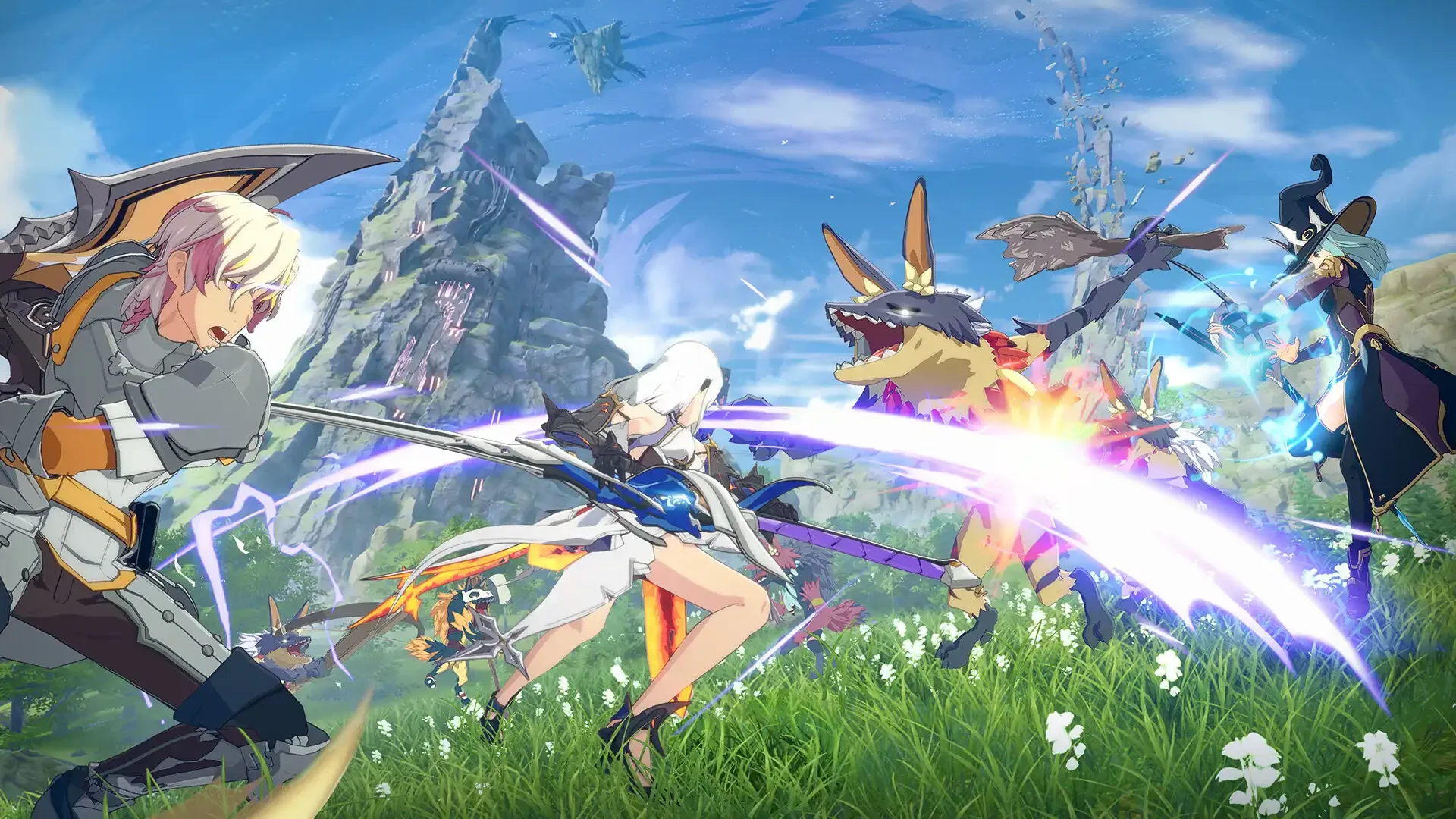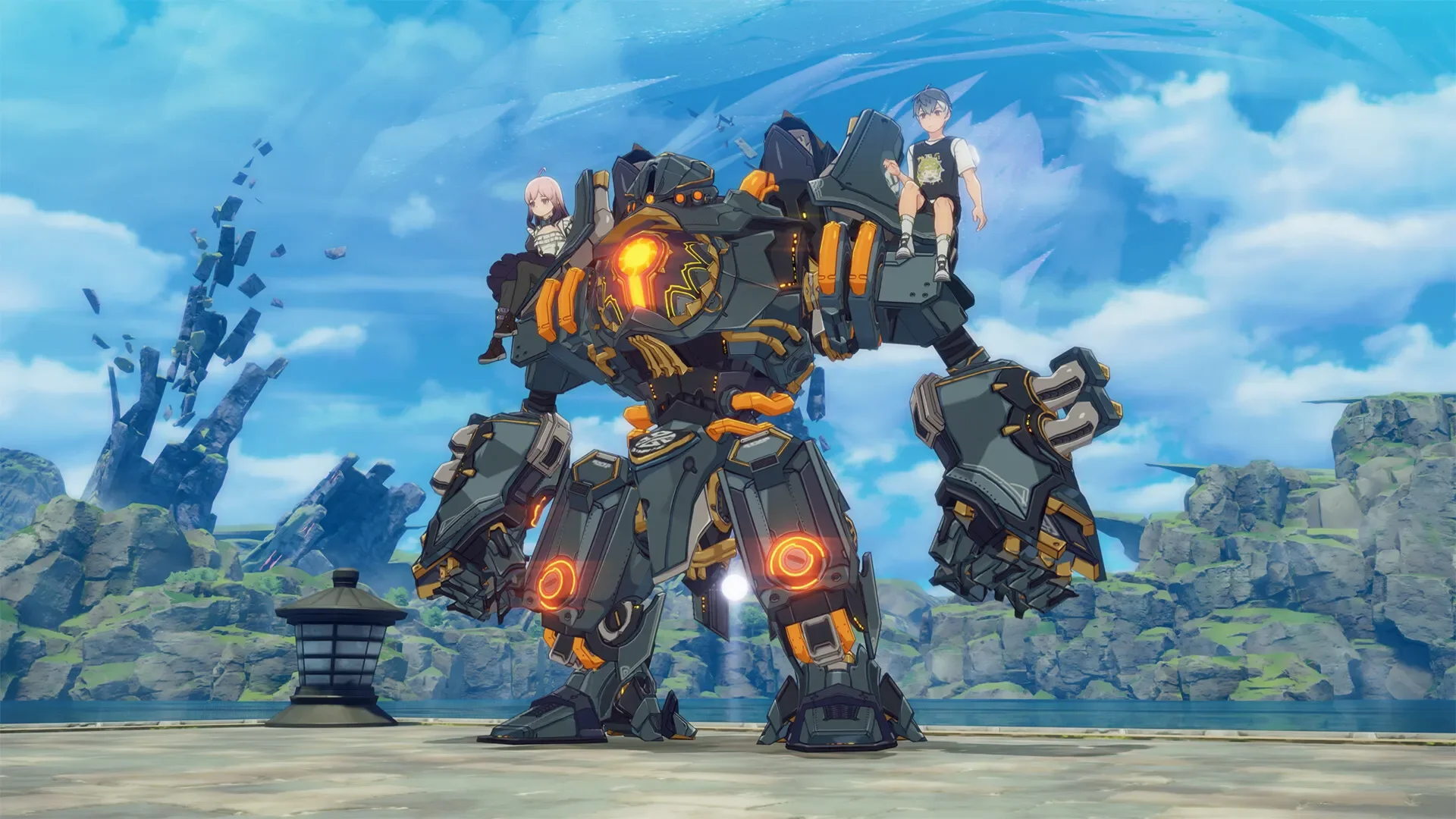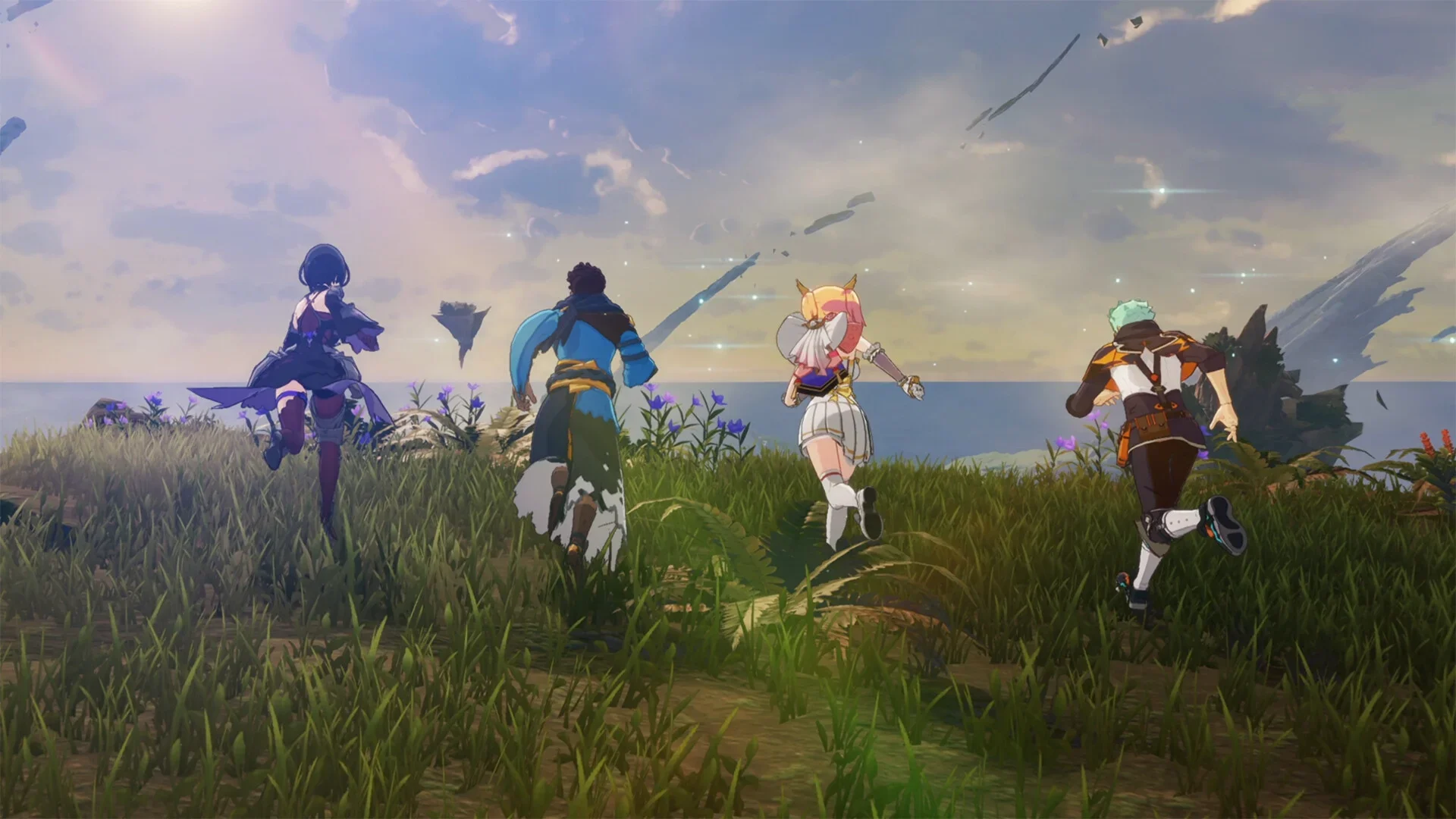The Ultimate Beginner's Guide to Not Drowning in Blue Protocol: Star Resonance
Welcome to the grind. Blue Protocol: Star Resonance is a sprawling, gorgeous MMO with a lot of systems designed to overwhelm you. Don't worry, I'm here to be your guide through the initial chaos.
So, you've decided to take the plunge into Blue Protocol: Star Resonance, the latest anime MMO to land on our shores. It's a beautiful game with a flashy combat system and a world begging to be explored. It also has about a million different systems, currencies, and progression paths designed to make your head spin. While the individual pieces aren't overly complex, the sheer amount of information thrown at you from the start can feel like drinking from a firehose.
This guide is your floatation device. I'm going to break down the essential systems, from picking your first class to understanding the endgame grind, in a way that won't make you want to immediately log off and go touch grass.
1. Selecting Your Class: Your First and Most Important Choice
Choosing your class is a massive commitment. While you can eventually unlock other classes on a single character, resources like Advance Books are character-bound, and spending them on the wrong class will set you back significantly. Pick what feels good to you, but here’s a quick breakdown of what you're getting into. (Here in more detail)
Shield Knight (Tank): The classic paladin. Your job is to be the party's punching bag. You group up mobs, hold their attention, and never, ever die. It’s a thankless job, but a vital one. The Recovery spec is a self-healing monster, while the Shield spec is a pure defensive fortress. It's an incredibly tanky and reliable choice, but your damage is pitiful and you move at a glacial pace. A great class that's always in demand.
Heavy Guardian (Tank): If you prefer a giant axe to a shield, this is your tank. The Heavy Guardian is the undisputed king of dungeon trash, using grips and stuns to pull all the enemies into a neat little pile for your DPS to annihilate. It's incredibly beginner-friendly thanks to its massive damage reduction. The trade-off is that your attack animations feel like they're happening in slow motion.
Beat Performer (Support): You're the bard, the ultimate force multiplier. You provide insane team-wide buffs to damage and crit while healing through your offensive abilities. A good Beat Performer can make a mediocre group feel like gods. The downside is that you have to manage your mana and buff uptime like a hawk, and you're not a main healer. You'll still need an Oracle for the really tough stuff.
Verdant Oracle (Healer): The pure, unadulterated healer. Your one and only job is to keep everyone's health bar from hitting zero. The Lifebind spec is the most powerful pure healing in the game, making you the most sought-after class for any difficult content. You will get instant invites to every party. The catch? Your personal damage output is a rounding error.
Wind Knight (DPS): A lightning-fast, high-mobility Lancer who spends half their time in the air. This class is all about chaining aerial attacks into devastating dives. It has a very high skill ceiling and can be prone to frustrating bugs, but in the hands of a master, it's a whirlwind of damage.
Stormblade (DPS): The katana-wielding master of burst damage. The Stormblade is a high-risk, high-reward class that revolves around precise timing and abusing invincibility-frames (i-frames) to deal insane damage while avoiding getting hit. It's incredibly squishy if you mess up, but a skilled Stormblade will consistently top the damage meters at endgame.
Marksman (DPS): The chill, ranged powerhouse. As a Marksman, you command wolves and falcons to do your bidding from a safe distance. This class offers fantastic pet utility, great single-target damage for boss hunting, and a very relaxed playstyle. It's easy to pick up and incredibly effective, making it a perfect choice for anyone new to the game.
Frost Mage (DPS): The master of AoE and crowd control. You specialize in freezing and shattering huge groups of enemies. You have excellent mobility and battlefield control, but you are also made of glass. If a boss so much as sneezes on you, you're dead. A powerful class that demands excellent positioning.
2. Leveling Up: The Time-Gated Journey
The main source of your experience points (EXP) will come from completing the Main Story Quests. At the game's launch, your leveling progress is time-gated, meaning you physically cannot reach the max level on day one. It takes a minimum of 12 days to hit the cap of 60.
However, the game has a great catch-up mechanic. If you start late or fall behind, you'll be granted a Double EXP buff that lets you power through the story and reach the current content much faster. Once the initial time-gate is over, new players can typically reach max level in just a few hours.
3. Catching Up: The Reclaim Hub and Handbook
The game is very friendly to new and returning players. If you miss out on daily or weekly rewards, you're not screwed. The Reclaim Hub, available after the first weekly reset, allows you to purchase gear and items you missed using a currency called Reclaim Tokens.
Similarly, the Handbook is a built-in guide that rewards you with valuable materials for completing simple tasks. The rewards are tied to server time, not your personal progress, so you can always catch up and claim everything that has been unlocked so far.
4. Building Your Character: Skills and Talents
Your power comes from more than just your gear. As you level up, you'll unlock Skill Points and Talent Points. You'll use these to upgrade your abilities and specialize your class. You also have Battle Imagines, which are powerful summons that act as ultimate abilities. Don't neglect these systems; they are crucial for your effectiveness in combat.
5. The Gear Treadmill: Your Path to Power
While gear isn't required to access most content, it's what will allow you to tackle the toughest challenges. Every piece of gear comes with Basic and Advanced Attributes. Your goal is to find pieces with the right stats for your class and spec.
You can improve your gear through several systems, like Reforging (which improves the quality of the stats), Embedding (which adds new stats via Gems), and Modules. Be careful how you spend your resources here; many of the materials are limited on a weekly basis.
6. The Daily Grind: Dailies and Weeklies
Like any MMO, BP:SR has a robust system of daily and weekly tasks. These are your primary source of the currencies and materials you'll need for gear progression. You don't have to do everything every single day. Focus on the activities that have a "Rest Bonus" or are part of the Reclaim Hub, as these are the most efficient and forgiving if you miss a day.
7. The Endgame: Dungeons and Raids
Once you're geared up, you'll be spending your time in the game's instanced content.
Chaotic Realm Dungeons: These are 5-player dungeons with multiple difficulty levels that reward gear and upgrade materials.
Stimen Vaults: A bi-weekly activity where a team of 5 players clears as many floors as they can for rare materials and powerful Modules.
Dragon Shackles Raids: These are 20-player raids against massive dragon bosses. This is where you'll get the materials for your best-in-slot gearsets and weapon upgrades.
8. The "Other" Stuff: Casual Content
When you're tired of fighting for your life, there's a ton of casual content to enjoy. You can go Fishing, manage your own house in the Homestead system, or level up your Life Skills like Cooking and Alchemy to craft powerful consumables. These activities are a great way to relax and still earn valuable rewards.
This guide should give you a solid foundation to start your adventure in the world of Blue Protocol: Star Resonance. It’s a massive game with a lot to learn, but don't let that intimidate you. Pick a class that looks fun, follow the main story, and don't be afraid to ask for help. Now get out there and start your journey.


